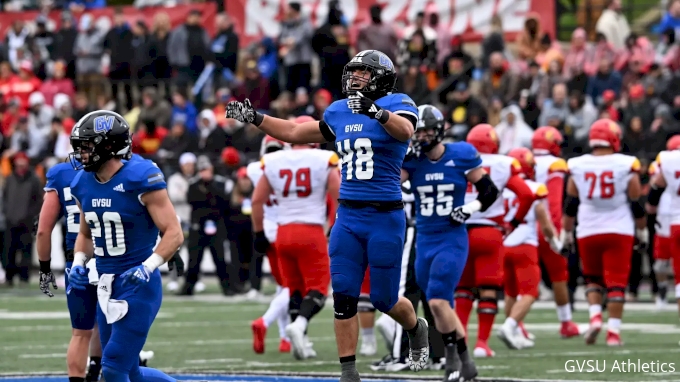LAS VEGAS — There is a four-word sentence that would have been difficult to ever imagine typing even just a few days ago.
Mike Gundy is right.
OK, I said it. We got that out of the way.
Let’s not kid ourselves. The Oklahoma State football coach didn’t exactly arrive at a correct opinion through altruism. But hey, that whole saying about a broken clock has been proved right yet again.
Gundy this week directly articulated what many in the college sports landscape are only willing to say behind the scenes. All of these new rules and regulations created by the House v. NCAA settlement and the implementation of revenue sharing for college athletes just isn’t working.
Already.
And we’re only like 10 days into the rollout.
“You’ve gotta restructure your systems and admit players are employees,” Gundy told the “Andy & Ari On3” podcast at Big 12 media day. “Then you can build collective bargaining. We’ve all talked about it. But you have to admit they’re employees. You can do it all. You can have a (salary cap) and you need an entry level for a high school player coming in because it’s not sustainable.”
Those voices that have been against players getting paid at all certainly aren’t going to like the idea of unionization and even more power, but it might be the only way forward.
Gundy’s evolution on the issue is a result of a realization his program, which tried to hold the line against pay-for-play recruiting in the transfer portal, can’t compete in the new era.
While his motives may not be pure, Gundy has at least arrived in the place where most everyone else will be in time.
Because remember how the settlement was supposed to fix so much of the broken pay structure in college sports? How it was going to bring transparency to a process that severely lacked it and at least put teams on an even playing field in terms of moving the payments above board while still allowing the athletes to profit off their individual value above and beyond the revenue sharing money while providing some oversight to the transactions?
It truly was an admirable endeavor. It just wasn’t going to work.
Ideally, this model was going to be a solid bridge to the inevitable and potentially a good foundation from which to build the future model for college sports.
But that concept certainly wasn’t helped by the settlement getting approved just days before it was set to be implemented. That created chaos.
While programs were cleared to immediately start compensating athletes up to the salary cap, the firm Deloitte was tasked by the power conference-backed College Sports Commission with deciding whether individual players’ NIL deals above and beyond that were legitimate and of fair market value.
It would take far more time and words to explain the difficulties of determining such a standard. So, it seems what has happened in practice is the College Sports Commission has decided to simply reject all deals done with athletes through collectives as a general practice as a starting point.
Collectives can serve as a conduit to connect athletes with legitimate businesses, it clarified in a letter, but can’t essentially hold their own fundraising events to collect money to pay players. It’s a fine line.
But it also means players were made promises that may not actually come to fruition.
Some of the more forward-thinking groups front-loaded deals and got the payments made before this process started a couple weeks ago, but others are left wondering what happens next.
Attorneys for the players have lashed out, demanding a retraction of the ruling on collective payments and calling it a restriction of the players’ earning potential that runs counter to the settlement.
On the flip side, allowing collectives to simply accumulate and distribute vast resources as a way to circumvent the new salary cap rules kind of defeats the whole competitive balance thing.
It’s incredibly complicated.
“We don’t know the rules,” Arizona State coach Kenny Dillingham admitted. “The settlement passed, but who knows what Deloitte is going to clear? Until there is clarity, you’re living in limbo.”
Exactly.
Gundy is right. So is Dillingham. Sadly, this temporary fix has to be extremely short-lived.
Chances are even some sort of CBA isn’t going to provide all the answers, but it’s the logical next step.
©2025 Las Vegas Review-Journal. Visit reviewjournal.com.. Distributed by Tribune Content Agency, LLC.




























































 BREAKING: NBA MVP Shai Gilgeous-Alexander signs the RICHEST annual salary in league history
BREAKING: NBA MVP Shai Gilgeous-Alexander signs the RICHEST annual salary in league history
